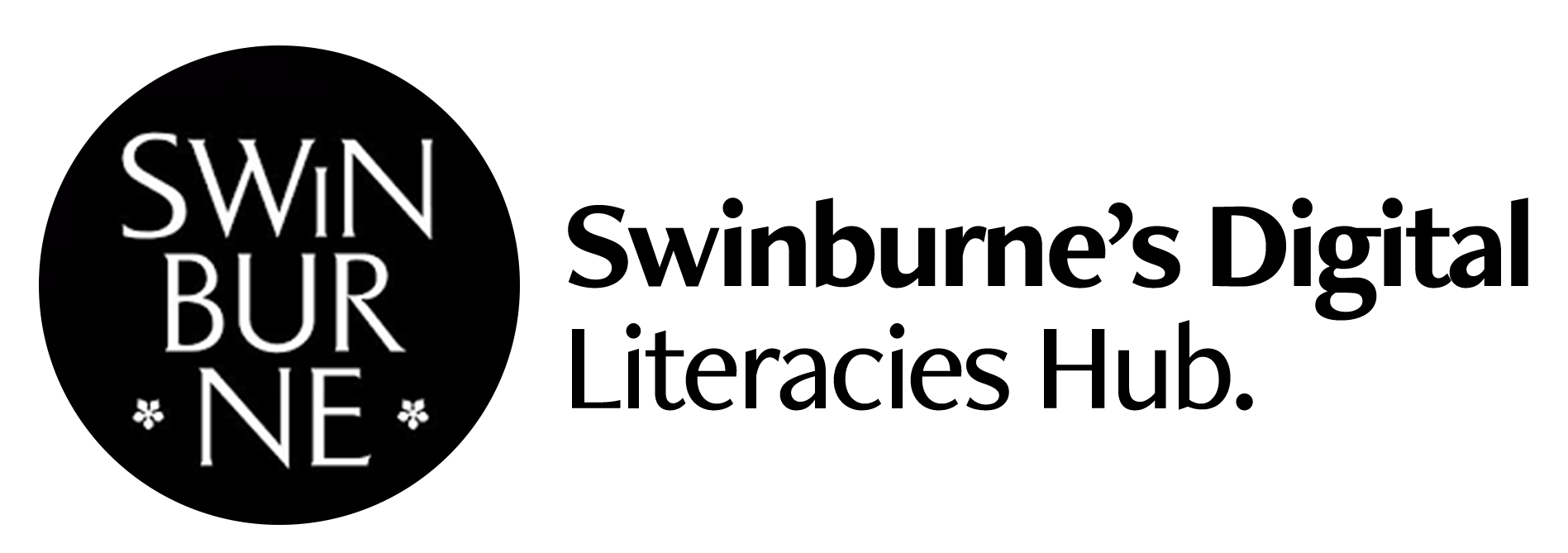PAVE
The Virtual Apprentice
Imagine a fabrication workshop that talks to you and supports you on your journey to become a tradesperson. We transformed our physical environment for our PAVE engineering students across two workshops, where an augmented avatar guides them through safe use of equipment, and the equipment in turn, communicates with the students.
The apprentice training model has existed for hundreds of years and continues to evolve. The terminology of 'master' stepped aside for the more accurate descriptor of 'employer', and the Industrial Revolution did likewise with the retiring of the blacksmith and the ushering in of the Engineering, trade, with specialisations like Fabrication and Mechanical Services growing in their sophistication.
More complex technology brings more risk of Injury or harm, and while It would be fanciful to ask these machines to take care of their human users, perhaps It Is now possible for them to answer back.
In this project we imagine a fabrication workshop that talks to its inhabitants and supports them in becoming better tradespeople.
The project team aimed to improve these outcomes:
1. Introduction of mixed reality content into traditional engineering programs, without compromising the intent and requirements of the training package.
2. Increasing Digital Quotient in teaching team.
The engineering teaching team comprises a group of professional industry practitioners. They are keen to develop their skills in 3D design and digitising some of their workflows within the workshops.
However, the prescriptive nature of the training packages they deliver does not allow for delivery of a full digital unit, and if Swinburne sought to introduce such a course the apprentice employers are likely not to support the additional time release. The solution to this is to partially digitise the workplace health and safety, and induction aspects of the course. Teachers will not only develop their sills through the development of these resources but can maintain their industry currency (a job requirement) through the ongoing management of these digital tools as technology evolves.
3. Improving workplace safety
The engineering programs that will benefit from this program are some of the least theoretical, and most practical of all courses offered at Swinburne. Students routinely weld metals, cut materials with plasma cutters, operate industrial standard guillotines and use a range of hand and power tools to but, bend, and drill materials.
Despite a careful managed workplace safety regime, slips, trips and falls, as well as abrasions and cuts are all, regrettably possible in these industries.
Findings
1. Have a realistic scope
Our initial scope on reflection was too ambitious as we sought to create animated content for a range of complex machines. We identified this early and restructured the project plan with a more reasonable outcome, but retained the more ambitious goals as stretch targets.
1. Have a realistic scope
Our initial scope on reflection was too ambitious as we sought to create animated content for a range of complex machines. We identified this early and restructured the project plan with a more reasonable outcome, but retained the more ambitious goals as stretch targets.
2. Respond to the limitations of the tools
The majority of the learning in the project was around designing a tool that would function reliably in AR, whereas pedagogical considerations where reasonably unchanged.
The majority of the learning in the project was around designing a tool that would function reliably in AR, whereas pedagogical considerations where reasonably unchanged.
We mostly worked in Adobe Aero Beta and had some technical issues that delayed next steps. Specific areas were:
• Model file size growing to over 100MB. Model was rebuilt to a target o under 25MB by replacing 3D files with 2D
• Simplifying file behaviours
See appendices for technical specifics of lessons learnt. These issue logs should help colleagues considerably by avoiding rework
• Model file size growing to over 100MB. Model was rebuilt to a target o under 25MB by replacing 3D files with 2D
• Simplifying file behaviours
See appendices for technical specifics of lessons learnt. These issue logs should help colleagues considerably by avoiding rework
3. Create a tetradic or triadic colour pallete
Augmented reality by nature requires adding artificial color to real environments, so a fixed color choice in an AR model must also consider likely contrast in the ‘real’ environment. We learnt this lesson early and believe we achieved the optimum compromise. See section below on color blindness.
Augmented reality by nature requires adding artificial color to real environments, so a fixed color choice in an AR model must also consider likely contrast in the ‘real’ environment. We learnt this lesson early and believe we achieved the optimum compromise. See section below on color blindness.
